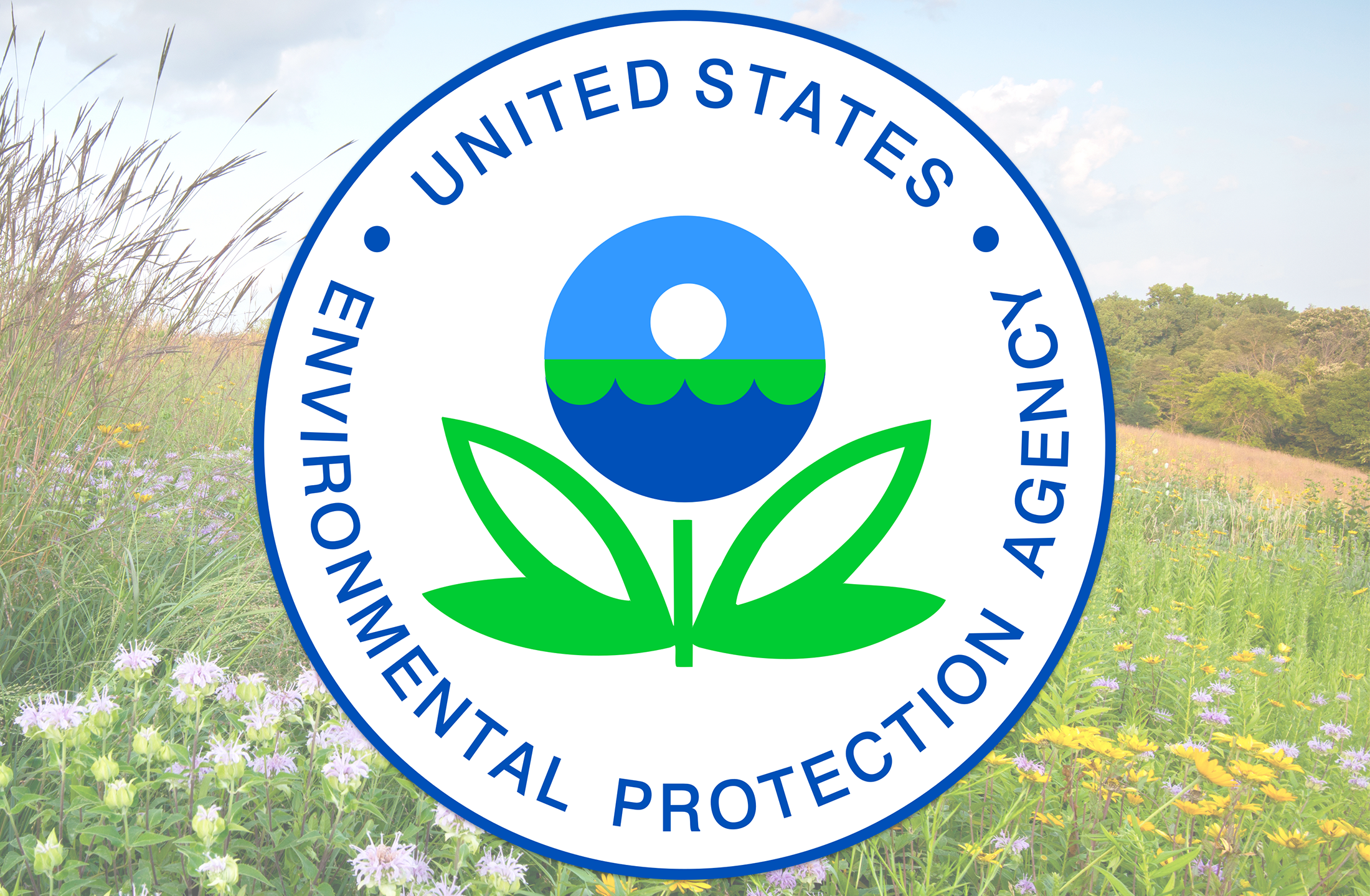UPDATE (March 29, 2023)
Final Testing Provisions for Air Emission Sources Rule Published in Federal Register
The final “Testing Provisions for Air Emission Sources” rule was published in the Federal Register on March 29, 2023. The rule is effective on May 30, 2023. A copy of the final rule is available here
On March 7, 2023, the EPA Administrator signed the final “Testing Provisions for Air Emission Sources” rule and submitted it for publication in the Federal Register. The rule will become effective sixty (60) days after the date of publication in the Federal Register.
The final regulation includes corrections to inaccurate testing provisions, revisions to outdated test procedures as well as approved alternate test procedures designed to provide testers with added flexibility when conducting performance tests. The final rule includes revisions to several Reference Methods, Performance Specifications, Procedures 1 and 5 as well as various Subparts to 40 CFR Part 63. A few selected revisions are discussed below.
- Procedure 1, Quality Assurance Requirements for Gas Continuous Emissions Monitoring Systems Used for Compliance Determination. Section 4.1, CD Requirement, has been revised to clarify that the references gases used for the test must be introduced prior to any conditioning or filtration equipment and must pass through as much of the sampling system as possible. Section 6.2 now states to use Equation 1-1 in Procedure 1 to calculate the relative accuracy audit results in lieu of “use the calculation procedure in the relevant performance specification. The most notable change is to the pass/fail criteria for pollutant cylinder gas audits (CGA), Section 5.2.3(2) has been revised to include an alternate pass/fail criteria for low analyzer span values as specified in the table below. For diluent analyzers (i.e., CO2 and O2), the pass/fail criteria continues to be ±15% of the average audit value.

- Procedure 5, Quality Assurance Requirements for Vapor Phase Mercury Continuous Emissions Monitoring Systems and Sorbent Trap Monitoring Systems Used for Compliance Determination at Stationary Sources. A significant change to Procedure 5 is the addition of defined procedures to Section 4.4 for conducting weekly system integrity checks for Hg CEMS. Section 4.4 now states that a system integrity check must be conducted “at least once every 7 operating days, using the procedures described in section 8.3.3 of Performance Specification 12A.” Procedure 5 previously required that the test be conducted “weekly.” Section 4.4 also now includes a performance criteria for the system integrity checks where the absolute difference between the Hg CEMS response and the reference gas value must not exceed 10.0% of the reference gas value or 0.8 µg/scm (i.e., │R – Aavg│ ≤ 10% of the reference gas value, or │R – Aavg│ ≤ 0.8 µg/scm). This is a key change since Procedure 5 previously excluded defined performance criteria.
- Performance Specification 1, Specifications and Test Procedures for Continuous Opacity Monitoring Systems in Stationary Sources. Throughout Performance Specification 1 references to “ASTM D6216-98” have been replaced with “ASTM D6216-20.” Section 2.1 now states: If the initial certification of the opacity monitor occurred before [the effective date of the final rule] using ASTM D6216-98, ASTM D6216-03, ASTM D6216-07, ASTM D6216-12, it is not necessary to recertify using ASTM D6216-20.” The calibration error test procedures in 8.3(1)(ii) now states: “If your applicable limit is less than 10% opacity, use attenuators described in ASTM D6216, section 7.5 for applicable standards of 10 to 19%.”
The revisions to Procedures 1 and 5, if applicable, will necessitate software updates and possible programming revisions to CEMLink5 & CEMLink 6 DAHSs. For example, sources subject to Procedure 1 with pollutant analyzers with span values less than 50 ppm as well as sources subject to Procedure 5 that are equipped with Hg CEMS.
VIM is taking steps to ensure that all versions of CEMLink will be ready to comply with these new requirements. Please reach out to our COMPAS group at compas@vimtechnologies.com if you’d like a regulatory specialist to discuss the impact these Rule changes have on your system, or our support group at suport@vimtechnologies.com to discuss updates to your DAHS in order to comply with the changes.




